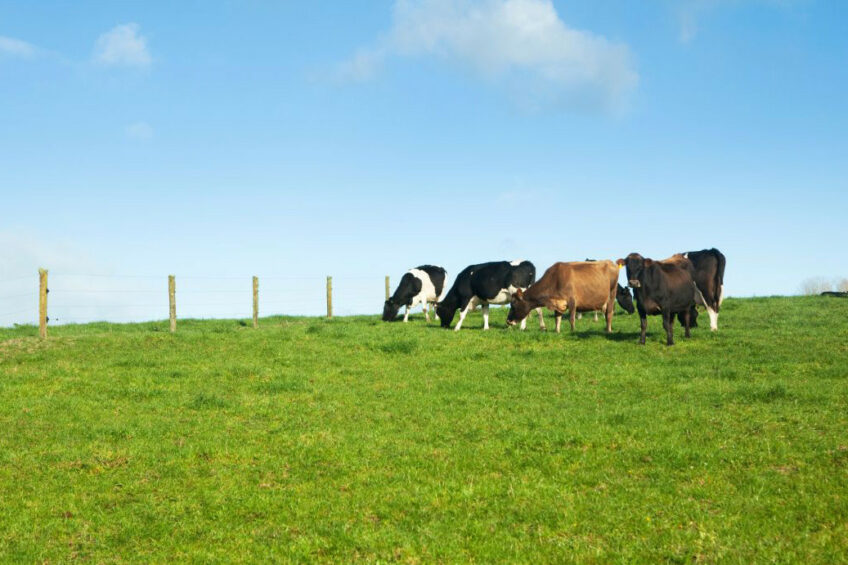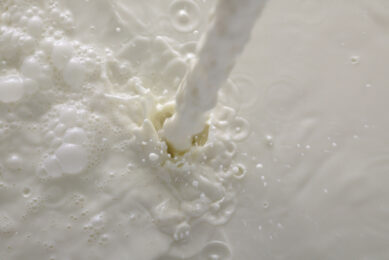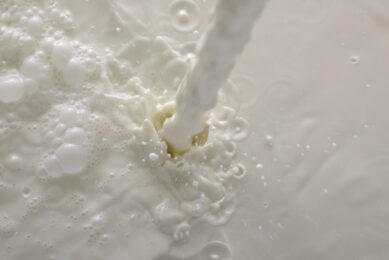A look at the shrinking dairy sector in Australia

About 25 years ago there were about 7,400 dairy farms in the state of Victoria. There are now less than 2,800.
“Last year in Victoria, Australia’s biggest milk producing state, 8% of its dairy farmers quit the business,” reported the Australian Broadcasting Corporation (ABC) recently, adding that 11 milk and dairy product processing plants have closed in Victoria and other parts of the country in the past 18 months.
Nationally, ABC reports that milk production has shrunk to its lowest level in 30 years. “This season milk’s production is tipped to be nearly 3 billion litres less than the industry’s peak of 11.2 billion litres in the early 2000s.”
However, according to Dairy Australia, imports of dairy products like butter and cheese have nearly tripled to 27% over the past 22 years and continue to rise.
Causes for leaving dairy farming
About 25 years ago, the so-called ‘millennium’ drought hit Australian dairy farmers and other farmers very hard, increasing feed prices and making the operation of a dairy next to impossible. This major drought started in late 1996 and lasted until 2010 and affected most of southern Australia, including its largest agricultural region, the Murray-Darling basin.
It is predicted that the next drought will drive more dairy farmers out of the industry. Right now, according to Dairy Australia, drought is “significantly affecting” farmers in East Gippsland, Northern Victoria and parts of New South Wales and Queensland, while all other farmers are also affected by the drought to some degree though increased feed and water costs.
In the Murray-Darling Basin area, the federal government is reviving water buybacks, which means it will purchase water entitlements from voluntary sellers and leave that water unused in an attempt to restore water levels.
Many Australian dairy farmers are also still recovering financially from a situation in 2016 when large milk processors retrospectively slashed farmgate milk prices, reports ABC. A mandatory code of conduct was put in place for processors, requiring them to honour minimum prices for the period of a contract with a farmer.
There are also problems for dairy farmers in finding enough workers, the cost of farmland is increasing, and besides drought, there is the threat of floods in some areas during some years. With all this uncertainty and difficulty, many young Australians have no interest in taking over the family dairy farm or becoming dairy farmers.
Join 13,000+ subscribers
Subscribe to our newsletter to stay updated about all the need-to-know content in the dairy sector, two times a week.










